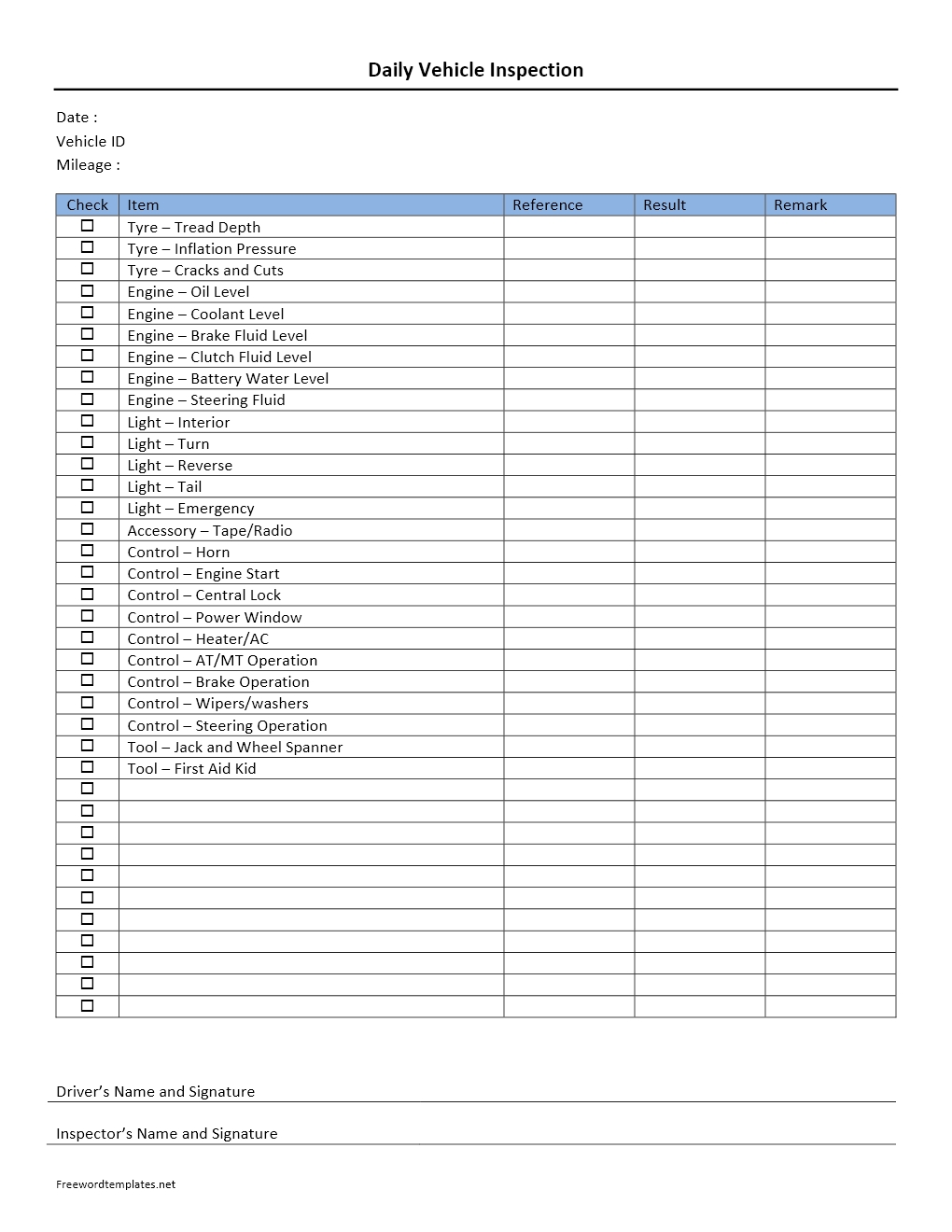Essential Paperwork for Your Emissions Test: A Checklist

Why Having the Right Documents Matters

When it comes to ensuring your vehicle passes an emissions test, having the correct documents at hand can make the process seamless and efficient. Emissions testing plays a crucial role in maintaining environmental standards and ensuring vehicle safety. Below, we outline a comprehensive checklist of the paperwork you need to have ready before you head to the testing center.
What You Need for Your Emissions Test

Here’s what you should gather:
- Proof of Ownership: This can be your vehicle registration certificate or the car title, which proves you are the legal owner of the vehicle. This document is critical as it shows that you have the authority to have the emissions test done on the car.
- Current Vehicle Registration: Ensure your vehicle is registered and up to date. Some testing stations might require this to even allow the test to proceed. Expired registration can lead to delays or penalties.
- Recent Emissions Test Results: If applicable, bring the last emissions test results, particularly if you've had any recent repairs or adjustments related to emission systems. This can sometimes influence the testing process or provide context for previous issues.
- Proof of Insurance: While not directly related to the emissions test, some testing stations might require it as part of their operating procedures to ensure vehicles on the road are insured.
- DMV Documents: Depending on local regulations, you might need other documents like a smog check renewal notice or a repair cost waiver if you've recently had your vehicle repaired.
What to Expect During the Emissions Test

The actual emissions test might vary slightly depending on your location, but here’s a general outline:
- Visual Inspection: The test begins with a visual check of your vehicle's emissions equipment to ensure everything is present and functional.
- Emissions Check: Your vehicle will be hooked up to a testing machine to check tailpipe emissions, usually through an OBD-II scanner or exhaust analysis.
- Tailpipe Test: This involves measuring the levels of pollutants like CO, HC, NOx, and sometimes CO2 if applicable.
- Inspection Report: After the test, you'll receive a report detailing the emissions output and whether your vehicle has passed or needs further examination.
🔍 Note: Be sure to check your local DMV or emissions testing website for any additional or state-specific requirements.
Handling Common Issues

Sometimes, vehicles fail emissions tests due to various reasons. Here are some common issues and what to do:
- Check Engine Light: If the check engine light is on, the vehicle may fail the test outright. Diagnose the issue with an OBD-II scanner to see what needs fixing.
- Leaking Fluids: Oil, coolant, or other leaks can affect emissions. Ensure your vehicle is free from leaks before heading to the test.
- Expired Registration or Expired Emissions Sticker: Renew or fix this issue before attempting the test again.
🔧 Note: Some minor issues can be fixed during the test if permitted by the testing station, but major repairs will require a return visit.
After ensuring you have all the required paperwork and your vehicle is ready, here are some tips to help you through the emissions test process:
- Arrive Early: Give yourself plenty of time to locate the testing station, park, and check-in. Rush hour traffic can be particularly stressful.
- Check for Known Recalls: Before you go, check if your car has any open recalls related to emissions or safety. Addressing these beforehand can help your chances of passing.
- Pre-emptive Maintenance: Consider doing a basic check of your vehicle's maintenance like tire pressure, oil level, and fuel. Sometimes, simple maintenance can resolve minor issues.
🌟 Note: Patience and organization can go a long way in making the emissions testing process less stressful and more successful.
To wrap up, having the proper paperwork, understanding the process, and taking a few precautionary steps can significantly increase your chances of passing your emissions test with ease. Ensure your vehicle’s maintenance is up to date, and remember to bring all necessary documents to avoid any unnecessary complications or delays. Emissions tests are not just about compliance but also contribute to cleaner air and a healthier environment.
What happens if my vehicle fails the emissions test?

+
If your vehicle fails, you’ll typically be given a report detailing the issues. You’ll need to repair or adjust the emissions-related components and then retest within a specified timeframe to avoid penalties.
How often do I need to get an emissions test?

+
The frequency of emissions testing varies by state or region. In many places, it’s every two years, but new cars might have an initial test after a certain mileage or age.
Can I get an emissions test in any state, or do I have to go to the one where my car is registered?

+
Generally, you must get the emissions test in the state where your vehicle is registered, as state-specific regulations apply. However, some states have reciprocity agreements.



